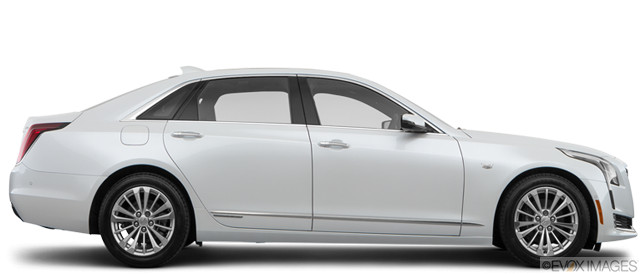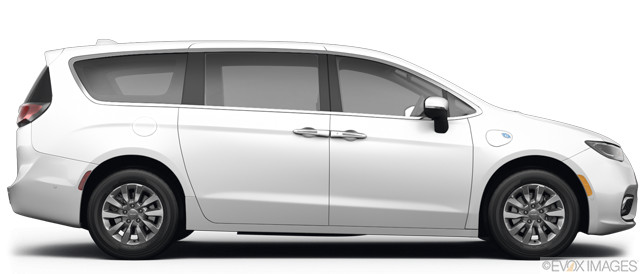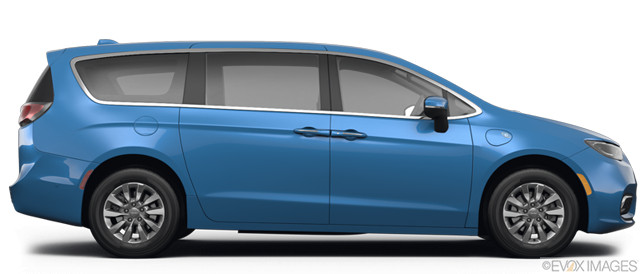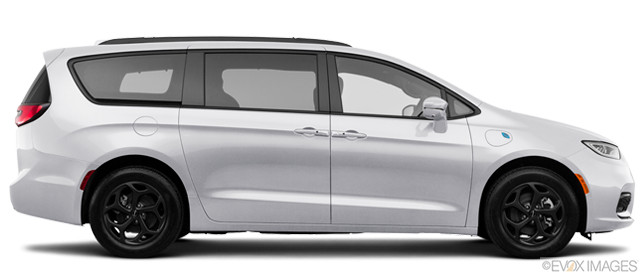Plug‑in Hybrid Technology - What It Is and How It Works
In recent years, hybrid cars have firmly established themselves in the market, offering drivers a balance of efficiency and eco‑friendliness. A special category within this segment is the Plug‑in Hybrid (PHEV) - hybrids that can be charged from an external power source. These vehicles combine the advantages of electric driving with the flexibility of a traditional internal combustion engine, allowing you to travel on electricity, gasoline, or a mix of both.
What Is a Plug‑in Hybrid
At the core of the technology are two power sources:
- An electric motor with a rechargeable battery.
- A gasoline or diesel engine.
The main difference between a plug‑in hybrid and a standard hybrid is the larger battery capacity and the ability to charge it from a household outlet or a charging station. This allows for all‑electric driving. Regular hybrids recharge their batteries only through the engine and regenerative braking.
How a Plug‑in Hybrid Works
All‑Electric Mode (EV Mode)
The car runs solely on the electric motor. The range is typically 15–50 miles, depending on the model and battery size. Perfect for short daily commutes.
Hybrid Mode
The internal combustion engine and electric motor work together to optimize fuel consumption. Especially useful for longer trips.
Charging
- From a standard household outlet (110V/220V).
- From public charging stations (Level 2, Type 2, CCS).
- Through regenerative braking while driving.
Regenerative Braking
Regenerative braking is a technology that recovers some of the energy normally lost during braking and stores it back in the battery. In simple terms: when you lift off the accelerator or press the brake pedal, the electric motor switches to generator mode and converts the vehicle’s kinetic energy into electricity, which is then stored in the battery.
Advantages of Plug‑in Technology
- Minimal fuel consumption for short trips (often 0 mpg gasoline use with a full charge).
- Flexibility - even if the battery is empty, you can keep driving on gasoline, extending your range.
- Access to low‑emission zones in cities where gasoline cars are restricted.
- Lower CO₂ emissions.
Who It’s Best For
- City drivers with daily commutes of 20–30 miles.
- Those with access to home or workplace charging.
- Drivers who want independence from EV charging infrastructure on long trips.
The Plug‑in Hybrid is an ideal choice for those who want to cut fuel costs and reduce emissions but are not yet ready to fully commit to an all‑electric vehicle. It offers the freedom to use electric power when possible and gasoline when needed.
Popular Plug‑in Hybrid Models for Rent in Miami and Florida
 Toyota Prius Plug-In Hybrid #409
Toyota Prius Plug-In Hybrid #409
 MINI Countryman Plug-In Hybrid #394
MINI Countryman Plug-In Hybrid #394
 Cadillac CT6 Plug-In Hybrid #398
Cadillac CT6 Plug-In Hybrid #398
 Chrysler Pacifica Hybrid #385
Chrysler Pacifica Hybrid #385
 Chrysler Pacifica Hybrid #367
Chrysler Pacifica Hybrid #367
 Chrysler Pacifica Hybrid #368
Chrysler Pacifica Hybrid #368
 Chrysler Pacifica Hybrid #365
Chrysler Pacifica Hybrid #365
See the full list of available rental cars in Miami and Florida here:
https://carforlong.com/car-rental/






